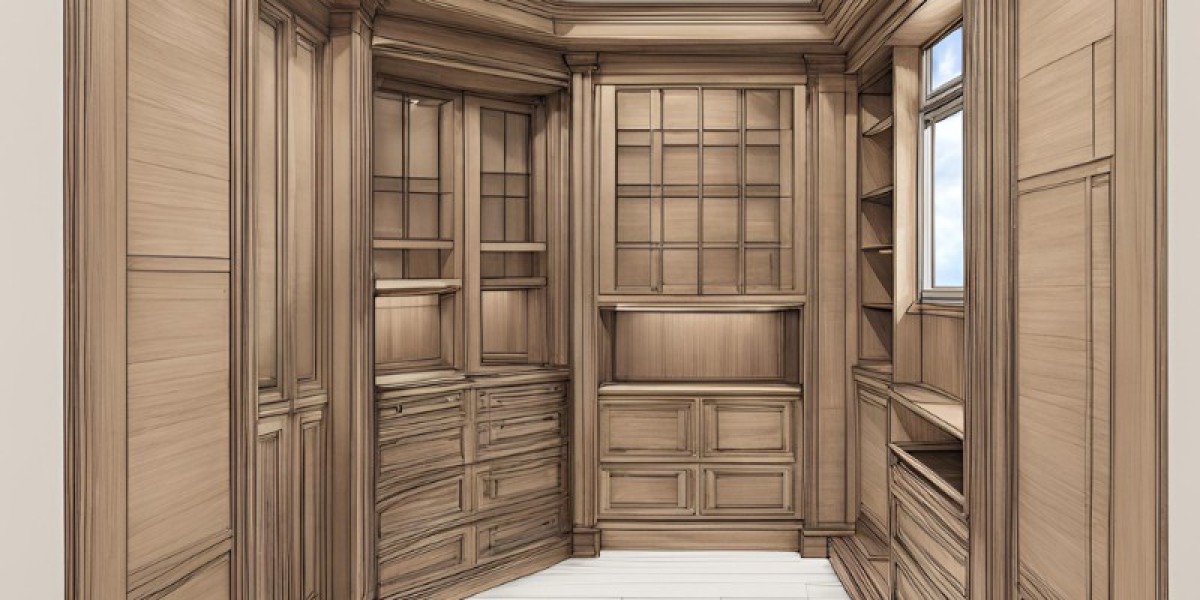In the realm of commercial architecture, the interior design of a space plays a crucial role in creating an inviting and functional environment. Among the various elements that contribute to this aesthetic and practical appeal, millwork stands out as a transformative component.
Millwork drafting is an essential process that focuses on the detailed design and specification of woodwork elements, including cabinetry, moldings, and architectural features. This specialized drafting not only ensures precision in construction but also allows for creative design solutions tailored to the unique needs of commercial spaces.
With the growing emphasis on custom interiors that reflect a brand's identity, millwork drafting has emerged as a key tool for architects and designers. By meticulously planning the integration of millwork into commercial interiors, professionals can enhance both the visual appeal and the functionality of a space.
From sleek, modern office environments to warm and inviting retail settings, well-executed millwork can elevate the overall atmosphere, foster productivity, and leave a lasting impression on clients and customers alike.
In this exploration, we will delve into the various ways millwork drafting enhances commercial building interiors, examining its impact on aesthetics, functionality, and overall project success.
Understanding Millwork and Its Role in Interiors
Millwork refers to the custom woodworking elements that are used in building interiors, such as moldings, cabinetry, doors, and trim. These pieces are crafted from various types of wood and can greatly enhance the look and feel of a space. In commercial buildings, millwork plays a vital role in creating a professional and welcoming environment.
Millwork can add character and style to interiors. For instance, elegant crown moldings can give a room a more sophisticated appearance, while custom cabinetry offers both beauty and functionality. Well-designed millwork can also improve the flow of a space, making it more organized and efficient for daily activities.
Moreover, millwork is essential for branding in commercial settings. Unique design elements can reflect a company's identity and values. For example, a trendy café may use rustic wood finishes to create a cozy atmosphere, while a modern office may opt for sleek, minimalist cabinetry.
In addition to aesthetics, millwork also contributes to the overall functionality of a space. Custom built-ins provide storage solutions, helping to keep areas tidy and clutter-free. By integrating millwork into the design, architects, and designers can create interiors that are not only visually appealing but also practical and efficient.
Benefits of Millwork Drafting in Commercial Interiors
Millwork drafting plays a crucial role in enhancing commercial interiors, providing numerous benefits that make spaces functional and visually appealing. One of the primary advantages is customization. Millwork allows designers to create tailored solutions that meet the specific needs of a business.
Another benefit is improved efficiency. Millwork drafting creates detailed drawings and specifications, which guide the construction and installation process. This reduces the chances of errors and misunderstandings, saving time and money. By having a clear plan, contractors can work more effectively, resulting in quicker project completion.
Millwork can enhance the aesthetic appeal of a commercial interior. Thoughtfully designed millwork elements, like decorative moldings or feature walls, add character and style, making a lasting impression on clients and visitors. These design elements can also create a cohesive look, tying together various aspects of the interior design.
Millwork is often more durable than standard furniture. With the right materials and craftsmanship, millwork can withstand the wear and tear of daily use, making it a smart investment for businesses.
The Millwork Drafting Process
Millwork drafting is an essential part of creating beautiful and functional commercial building interiors. This process involves designing and detailing custom wooden structures, such as cabinets, countertops, and moldings. The millwork drafting process begins with understanding the client’s needs and the overall vision for the space. Designers gather information about the building's layout, style, and functionality to create plans that meet these requirements.
Once the design concept is established, drafters use specialized software to create detailed drawings. These drawings include measurements, materials, and construction techniques. This level of detail ensures that the millwork will fit perfectly within the space and meet any building codes or regulations. The drafters also work closely with architects and contractors to ensure that the millwork integrates seamlessly with other elements of the interior design.
After the drawings are finalized, they are used to guide the construction process. Skilled craftsmen interpret the drawings to create high-quality millwork pieces. This collaboration between drafters and builders is crucial for achieving the desired look and feel of the interior.
The Final Note
In Conclusion, millwork drafting plays an indispensable role in enhancing the interiors of commercial buildings, offering a harmonious blend of aesthetic appeal and practical functionality.
By providing customized solutions that cater to the unique needs of each space, millwork not only enriches the overall design but also reinforces a brand’s identity and values. The detailed drafting process ensures precision and efficiency in construction, minimizing errors and expediting project timelines.
As a result, well-executed millwork contributes significantly to the atmosphere of commercial environments, fostering productivity while leaving a lasting impression on clients and customers.
As the demand for tailored interiors continues to grow, the importance of millwork drafting in commercial architecture will only become more pronounced, solidifying its status as a key element in creating inviting and effective spaces.


